A step-by-step guide to integrating email & SMS
Learn how leading brands orchestrate email and SMS channels effectively to deliver the right message through the right medium at the right time.
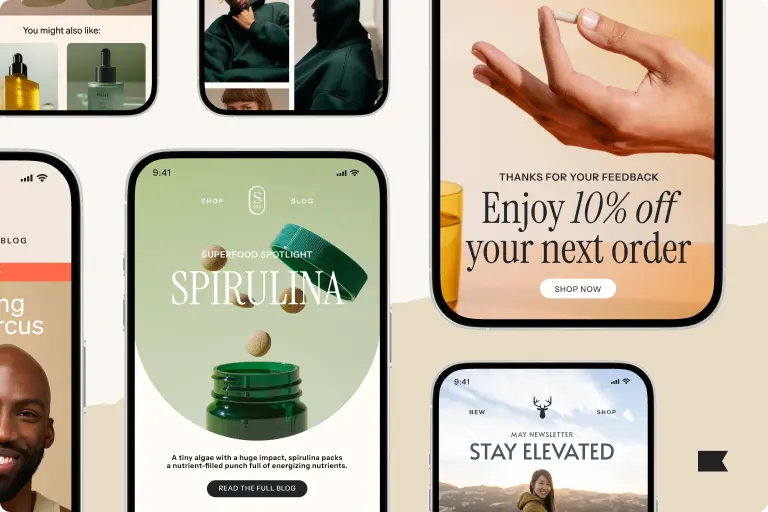
Discover effective email design best practices. From A/B testing to accessibility and mobile first design, these tips will help enhance your email campaigns.

Learn how to convert website visitors into lifelong customers with these 13 sign-up form examples, + best practices from the experts.
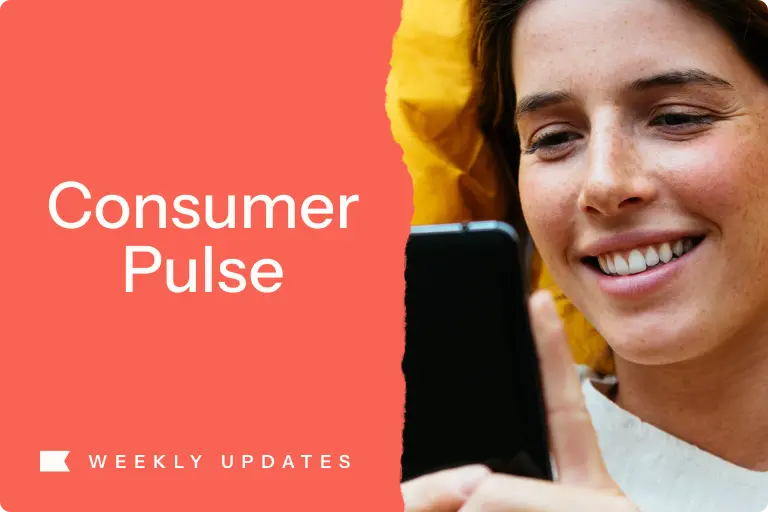
Learn about shifting shopper behavior with Klaviyo’s Consumer Pulse — weekly insights to help brands adapt, personalize, and grow in uncertain times.

Discover effective email design best practices. From A/B testing to accessibility and mobile first design, these tips will help enhance your email campaigns.

Learn what an email blast is, its benefits, and how to create and send effective, non-spammy campaigns—with examples to inspire your next send.
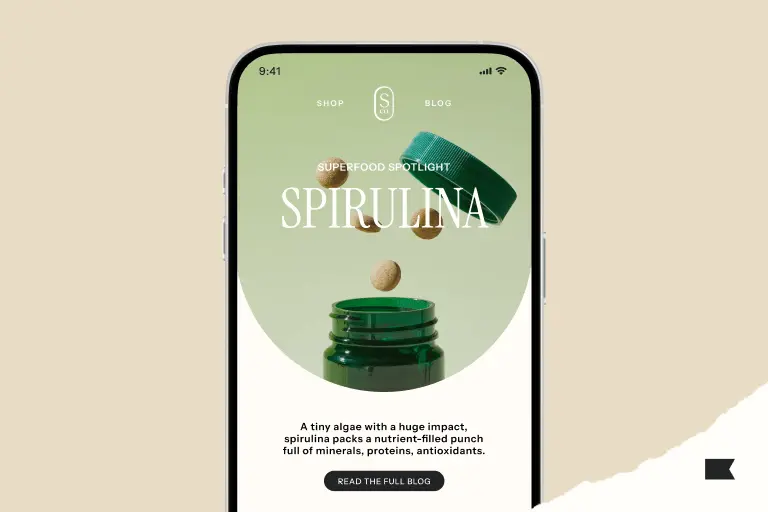
Discover 10 inspiring email newsletter examples that engage, educate, and entertain your audience. Learn creative strategies to boost email marketing success.
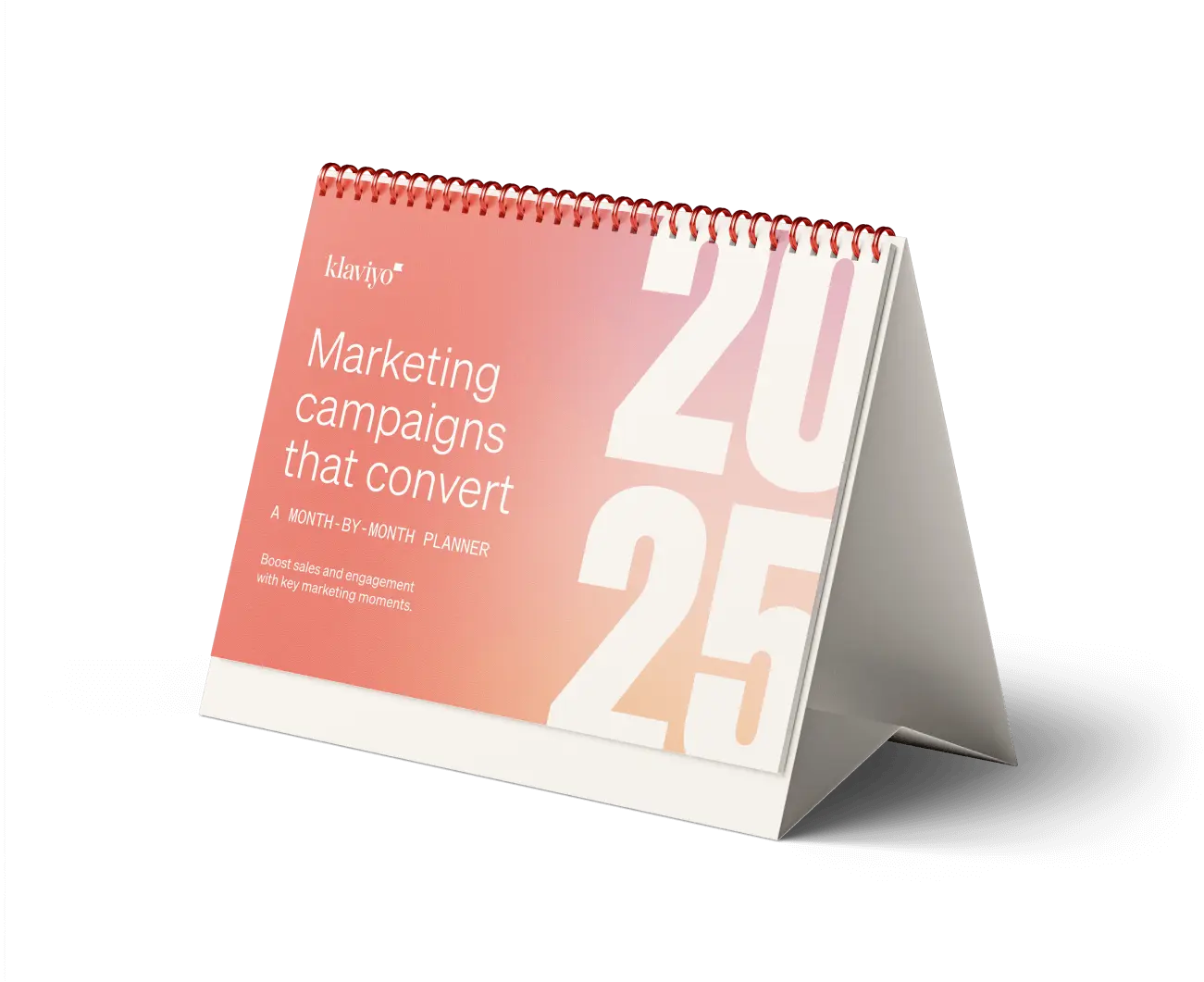
We’ve marked this calendar with 150+ dates marketers need to know for 2025: holidays, seasonal promotions, and even quirky celebrations like National Cookie Day.

Discover powerful ways to combine SMS and email marketing to grow your business. See how Klaviyo helps B2C brands improve ROI with connected messaging.
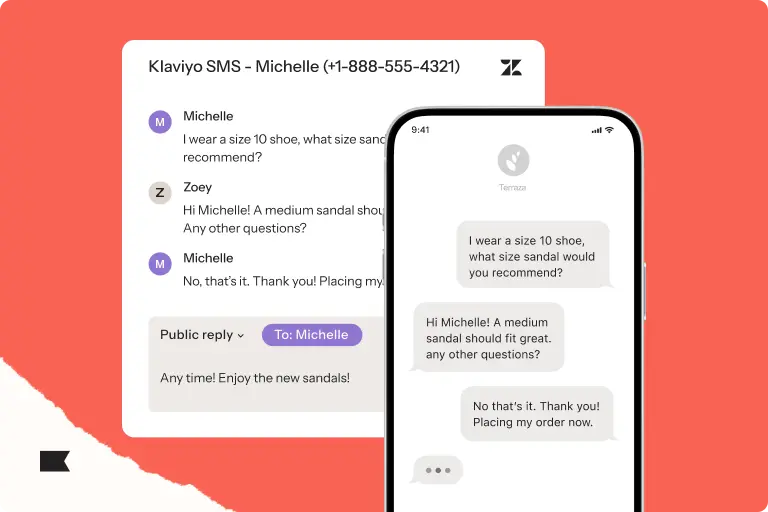
Unlock 10 powerful SMS integrations with Klaviyo to boost automation, improve performance, and drive more revenue with seamless, data-driven messages.
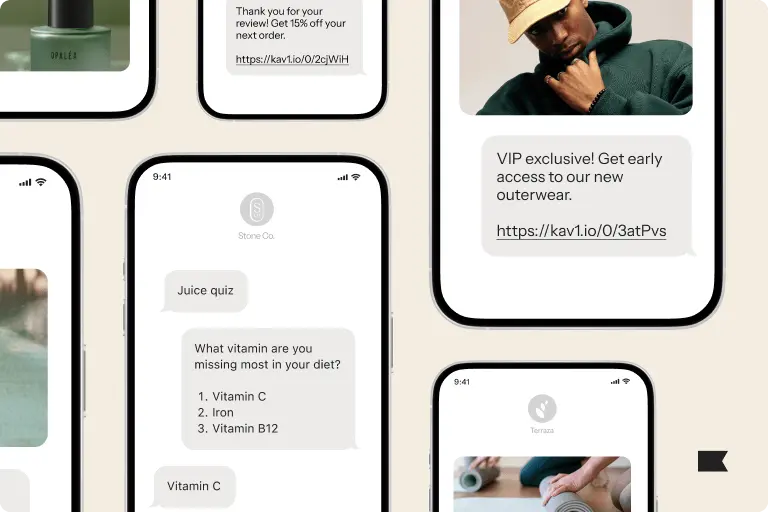
Explore real-world SMS marketing examples and use cases to enhance customer engagement. Learn how businesses leverage SMS for promotions, reminders, and more.
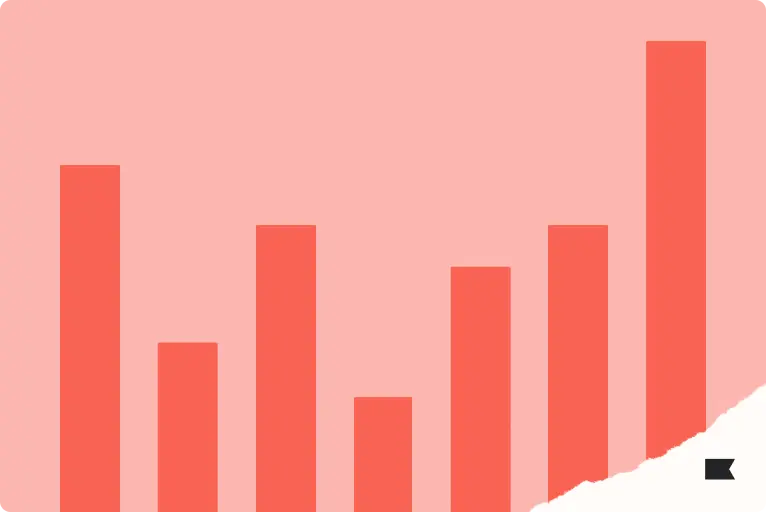
Tired of guessing your performance? See how real brands use Klaviyo’s benchmark feature to sharpen strategy, refine KPIs, and cut through the noise.

Here are 12 sources of inspiration to help you plan your next Father’s Day email or SMS campaign outside the box.

Omnichannel marketing ensures a seamless customer experience across all touchpoints. Learn how to create a cohesive strategy for better engagement and sales.
Explore Klaviyo's library of resources to help you build smarter digital relationships
Learn how leading brands orchestrate email and SMS channels effectively to deliver the right message through the right medium at the right time.
Unlock sustainable revenue growth through SMS with proven strategies and best practices drawn from thousands of successful businesses. Learn how to build and optimize your SMS program.
Drawing from thousands of successful businesses, discover core principles and actionable best practices that will help you craft an effective email program that drives sustainable growth and revenue.